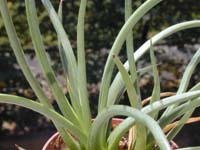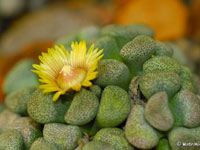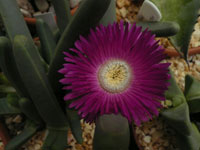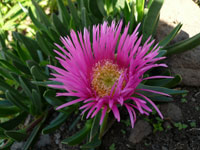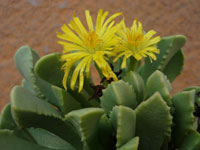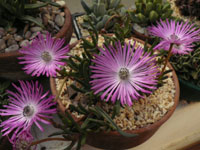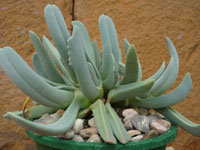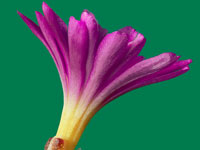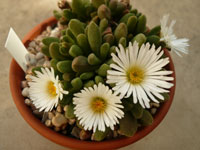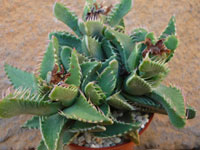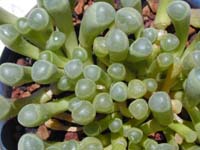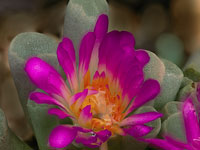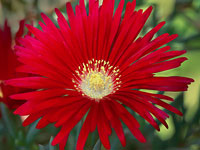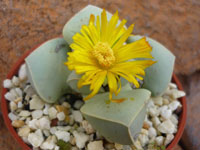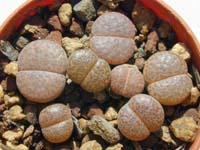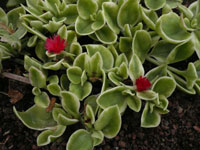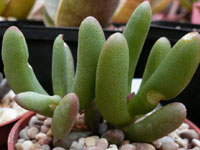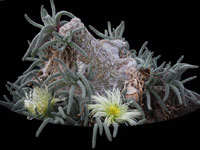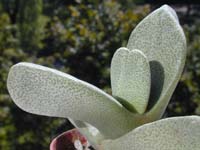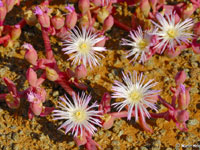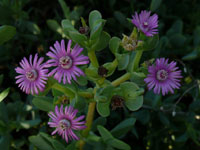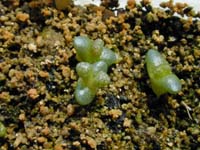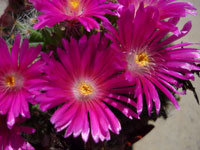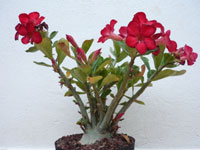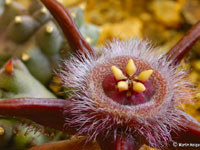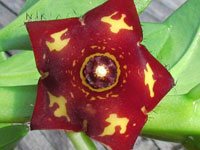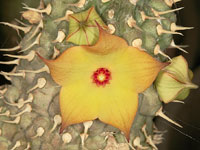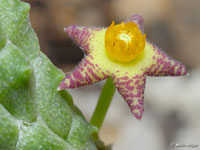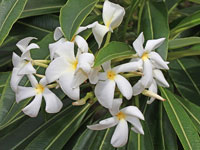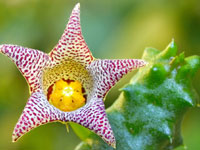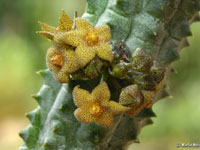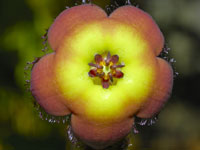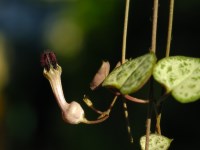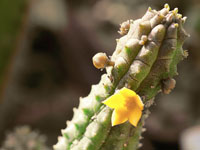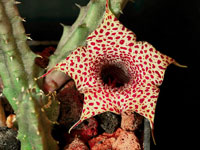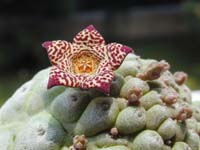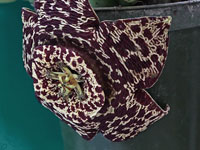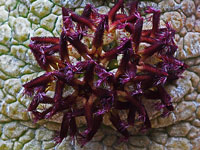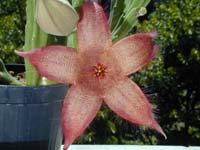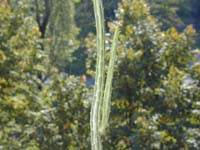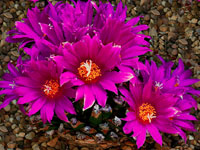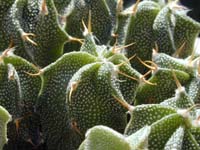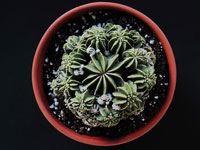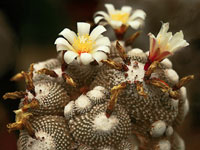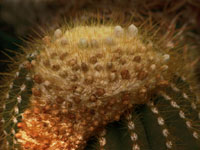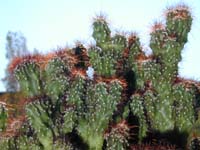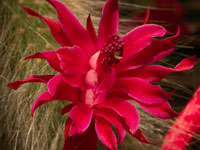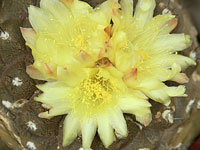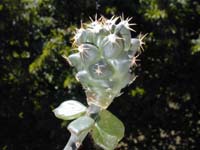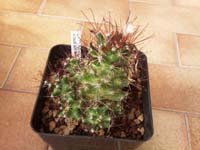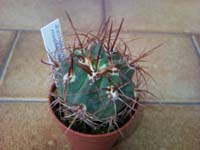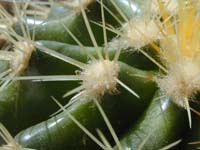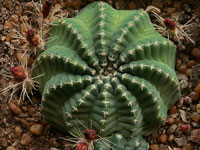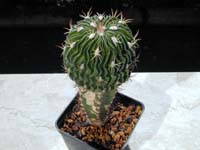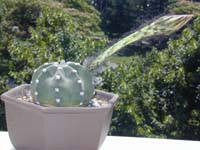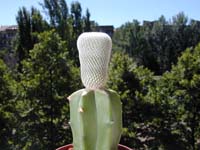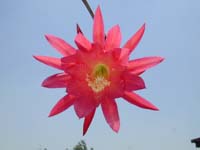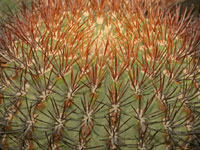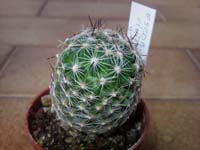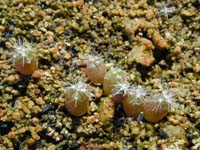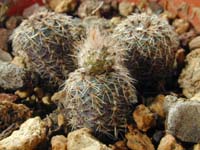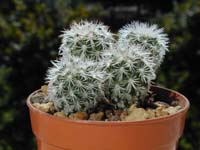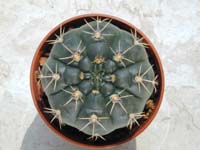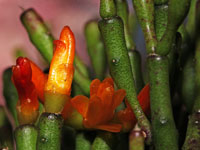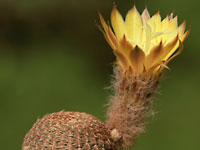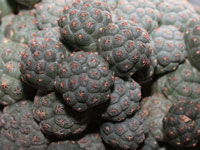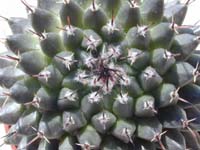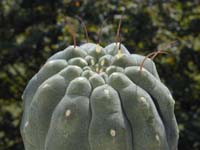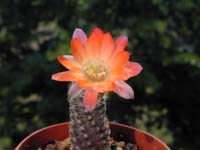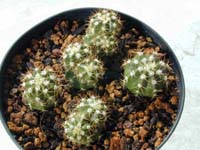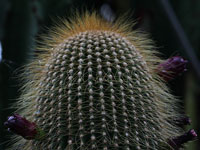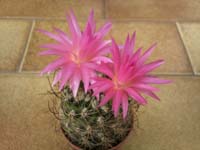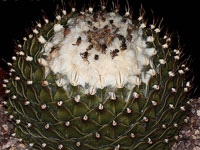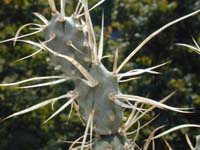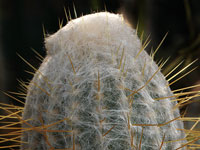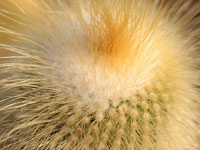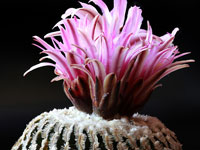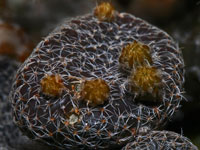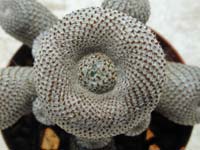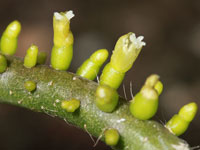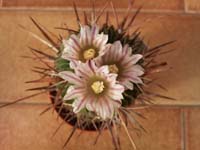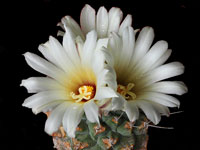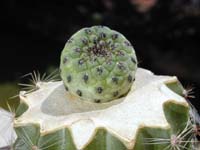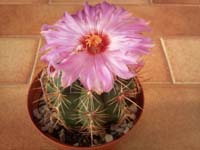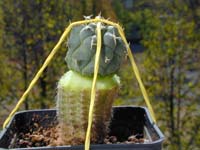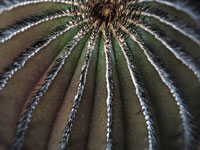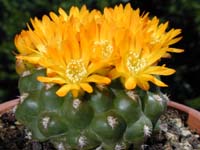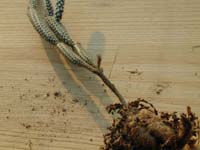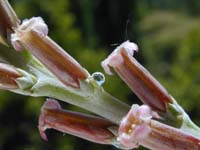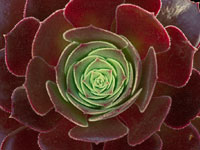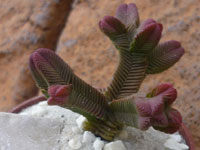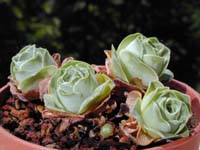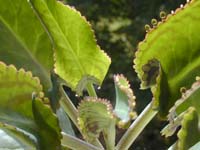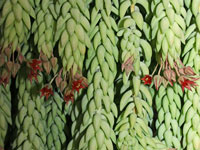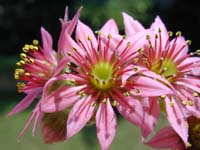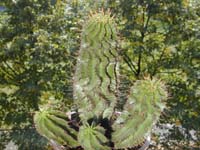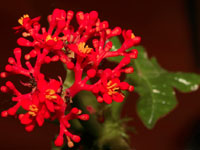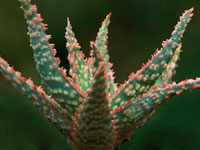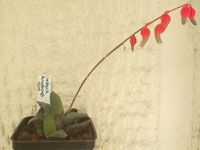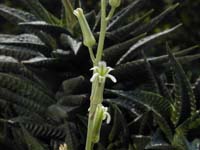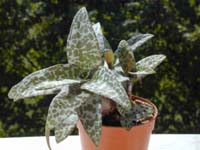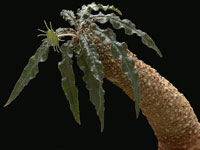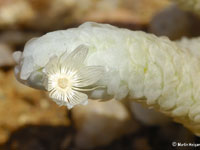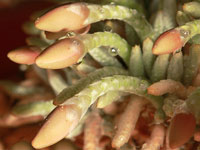Like all plants is well that during the day the sun arrives to enlighten them on every side; then the best exposure is south. Often, however, due to a non-optimum illumination of the place where we host our succulents, these mostly only receive light from one side, and then after a certain period, varying from species to species, begin to bend and grow towards the light. Since the shaded part tends to yellow, becoming the weakest point of the plant that is more sensitive to sunburn and fungal attacks, it is essential to turn the plant so that it receives the light on the opposite side.
Another important reason why you need to ensure proper exposure is that our plant is to grow in a uniform way, by doing so, for example, our globular cactus will not lose its round shape.
The daily observation of our plants is essential to know when it's time to turn their pots.
For some species of succulents also in the hottest periods of the year, too much sunlight can be harmful: the plant gives us a sign of not liking these environmental conditions by stopping the growth and assuming a reddish color; it is therefore appropriate to move it so that it can receive less light.
In the winter
Another danger looming over succulents, when winter in an unsuitable environment, it is the etiolation. The high temperature can stimulate before the arrival of spring vegetative growth of some cactus that in the presence of a low light, such as that filtered through the windows in the cold winter days, begin to show a vegetative apex of a light color. The plant at this point begins to etiolate or spin. The cactus begins to take on a tapered shape and the color of the new growth is pale yellow due to the low light. If you do not immediately slows the growth, the cactus will be irreparably ruined from the aesthetic point of view, because, when the plant will be reported in the external and begin to grow normally, in correspondence of etiolation remains a bottleneck. Furthermore, the lighter part will be much more sensitive to sunburn. To prevent this you have to find a place with a lower temperature, where immediately transfer the cactus: often the stairwell of an apartment building could be the ideal solution, as it is usually not heated.When the temperature decreases the time comes to move your plants outside again, for the first few days you have to avoid the direct rays of the sun strike, because they could easily get burned causing irreparable cosmetic damage.
The sunburns in fact appear as light-colored deposits on the surface of the plant and are no more than the outer skins dried due to too much light, which had not yet had time to adapt. For young plants or other vigorous growth plants is possible that over time these dead tissues come off as a film by the enlargement of the stem below, and if the plant has a slow-growing and is just an adult sunburns remain to remind us of our cultivation errors. Mostly in the case of small plants, if sunburns are particularly severe, can lead to the death of the plant, in other cases if the sunburn has hit the delicate vegetative apex, the growth will be prevented for all the time that the plant will employ to form a new one; needless to say, the appearance of the succulent will be completely upset by this change in vegetative apex.
After at least a week or more of indirect light, you can rearrange in the sun your collection.
Even the succulents in a sunny greenhouse became too hot for a lack of ventilation run the risk of burning: it is therefore necessary to provide for the opening of the greenhouse on hot days and possibly to shield it with the shade cloth.
If you like what you've read Publish on Facebook.




















